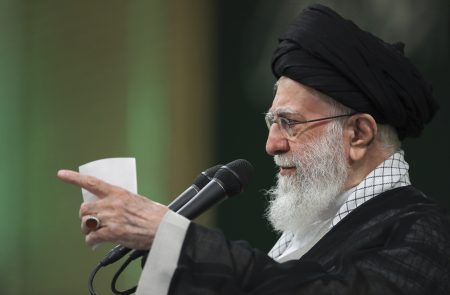The content revolves around the conflict between Israel and Palestine, specifically focusing on Hamas’s actions that sparked Israel’s response in bombing Gaza. The author argues that Hamas’s actions, including killing Israeli parents in front of their children, justify Israel’s disproportionate response, which has resulted in the deaths and suffering of many Palestinian civilians. The protests condemning Israel’s actions while giving Hamas a pass are criticized for not acknowledging the role Hamas played in triggering the conflict. The author highlights the need for a balanced perspective on the situation, condemning violence from both sides and advocating for a two-state solution.
The author points out the problematic nature of chants calling for the liberation of Palestine “from the river to the sea,” which could be interpreted as a call for the erasure of the state of Israel. The importance of the Jewish people’s right to self-determination and self-defense is emphasized, alongside the belief in a two-state solution where Israel withdraws from occupied territories in exchange for security guarantees. The author cites their interview with Saudi Crown Prince Abdullah bin Abdul Aziz, where he called for peace and normalization of relations with Israel in exchange for withdrawal to pre-1967 lines, which led to the Arab League holding a peace conference. This gesture towards peace was met with a violent response from Hamas, who carried out a suicide bombing at a Passover Seder in Israel.
The article highlights the need for acknowledging the violent actions of Hamas alongside condemning Israel’s response in the conflict. The idea of a two-state solution, with Israel withdrawing from occupied territories and a demilitarized Palestinian state established, is praised as a way towards peace and stability in the region. The rejection of violence and terrorism from both sides is emphasized, with a call for a balanced perspective that does not condone the actions of either party. The author’s dedication to promoting peace through dialogue and negotiation is underscored, with a focus on the importance of recognizing the rights of both Israelis and Palestinians in the conflict.
The narrative challenges the notion of giving Hamas a pass for their actions, highlighting the terrorist organization’s responsibility in triggering the conflict with Israel. The violent responses from both sides are condemned, with a call for a more nuanced understanding of the complexities of the situation. The need for dialogue and diplomacy in resolving the conflict is underscored, with a reminder of past efforts towards peace that were met with violence from extremist groups. The emphasis on a two-state solution as the way forward is reiterated, with a plea for a balanced approach that holds both parties accountable for their actions in the conflict.
In conclusion, the content delves into the Israel-Palestine conflict, with a focus on Hamas’s role in triggering the violent response from Israel. The need for a balanced perspective that condemns violence from both sides is emphasized, alongside the importance of recognizing the rights of Israelis and Palestinians in the conflict. The advocacy for a two-state solution, with Israel withdrawing from occupied territories and a demilitarized Palestinian state established, is highlighted as a way towards peace and stability in the region. The rejection of violence and terrorism is underscored, with a call for dialogue and diplomacy in resolving the conflict in a manner that respects the rights and security of both Israelis and Palestinians.













